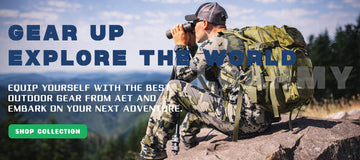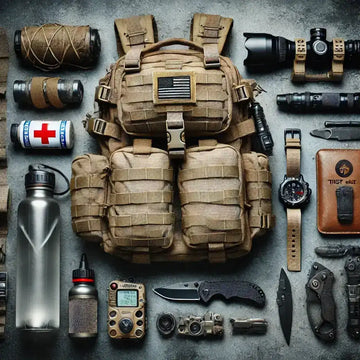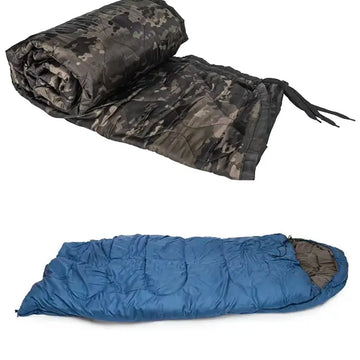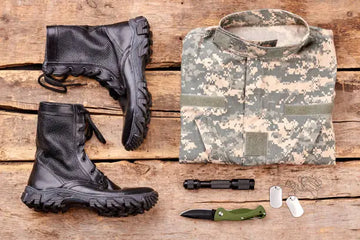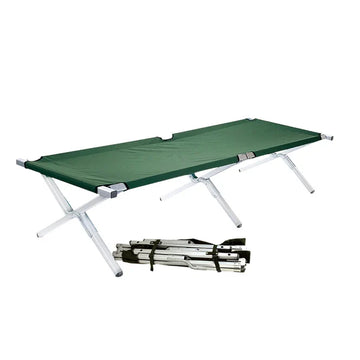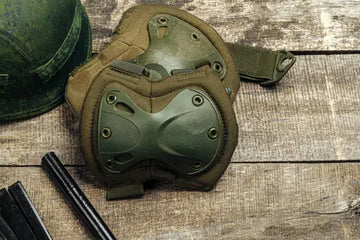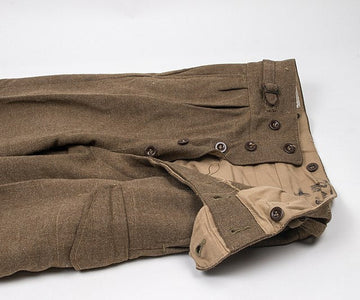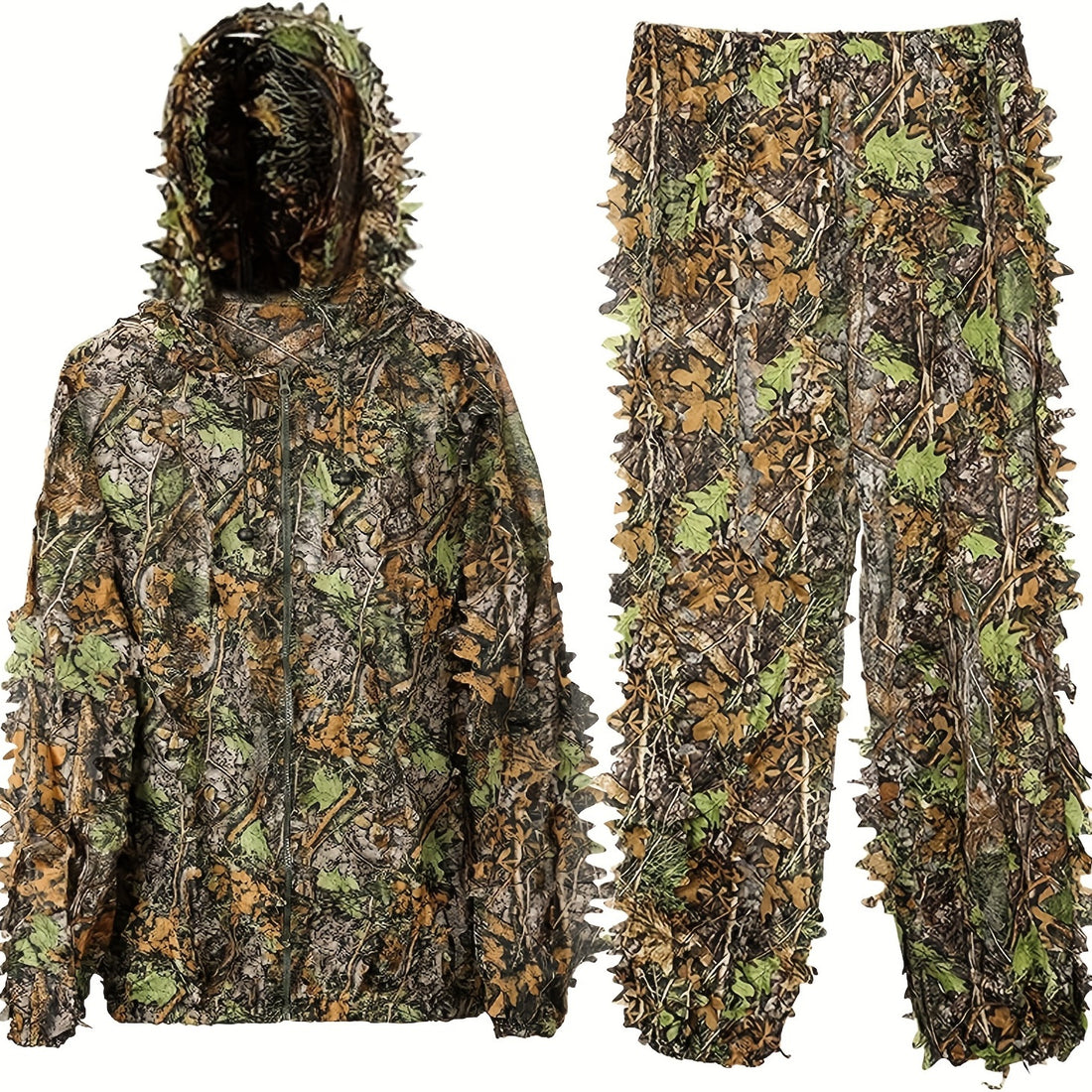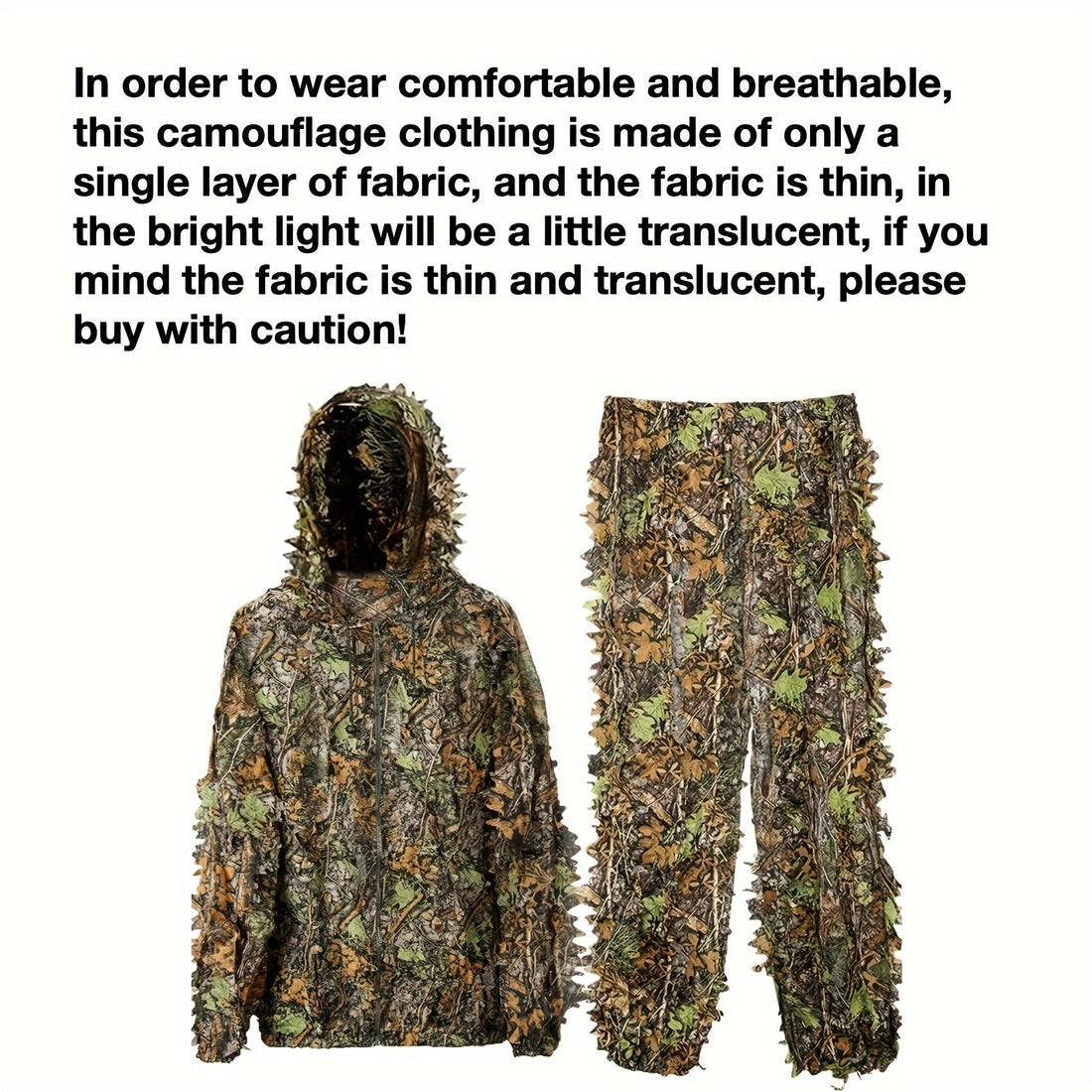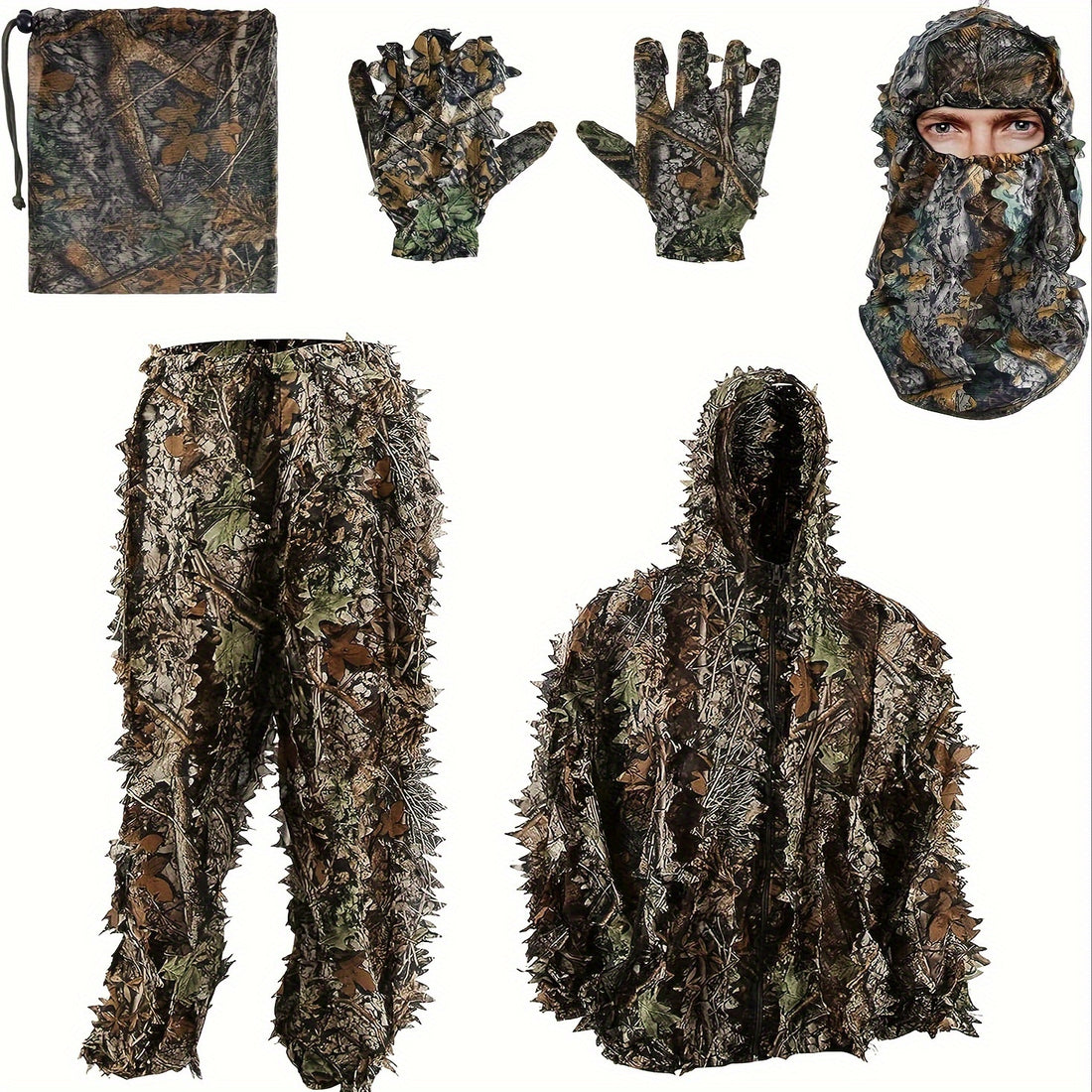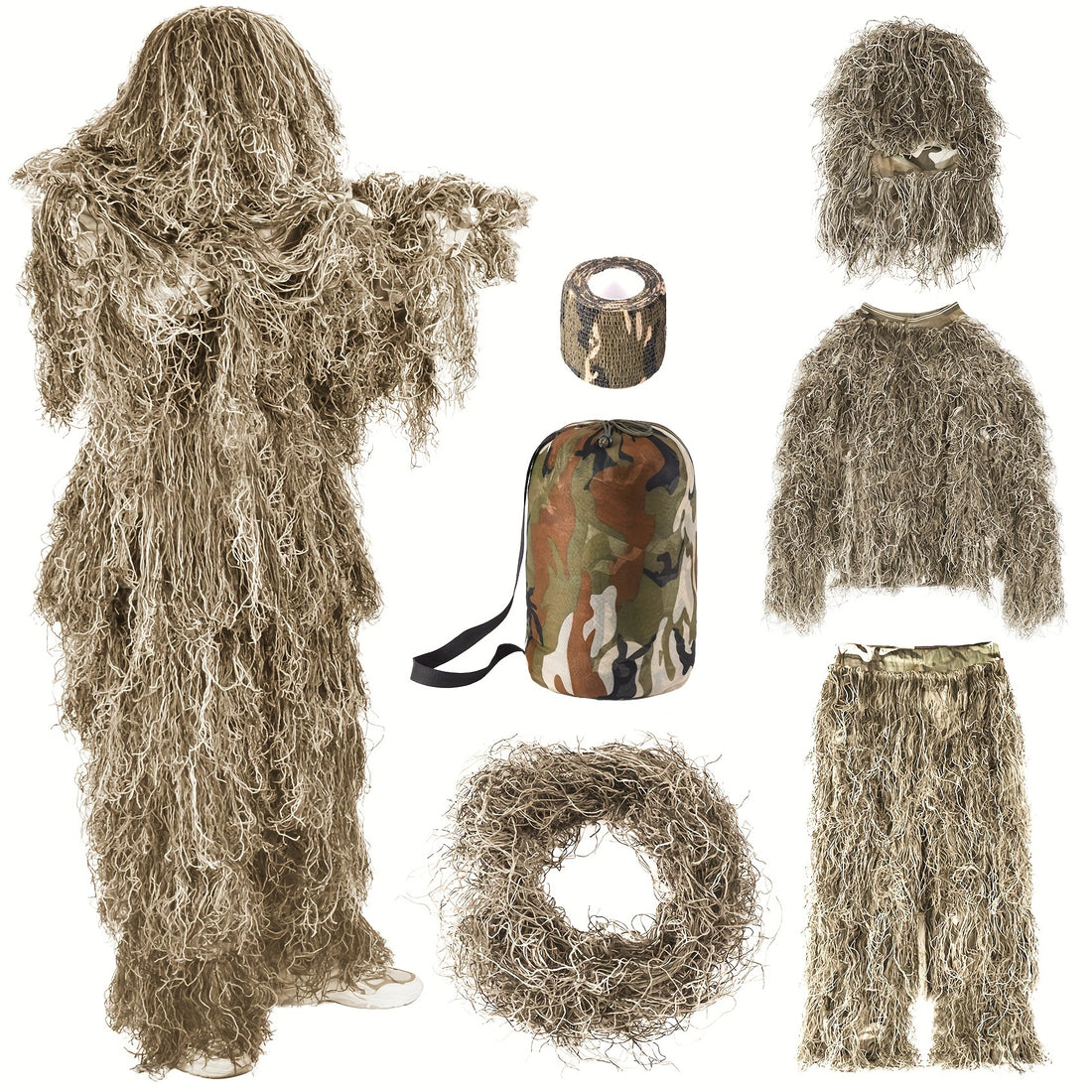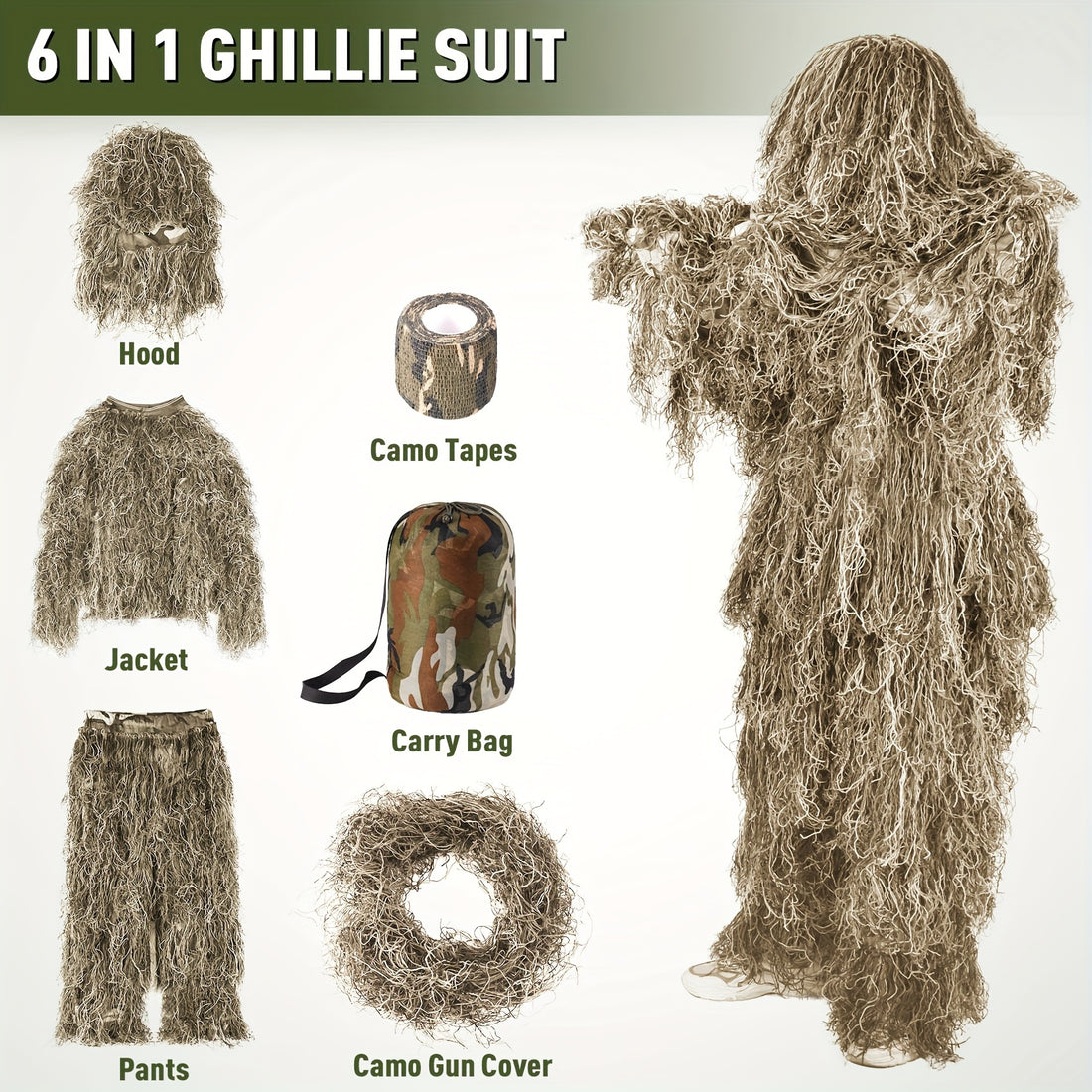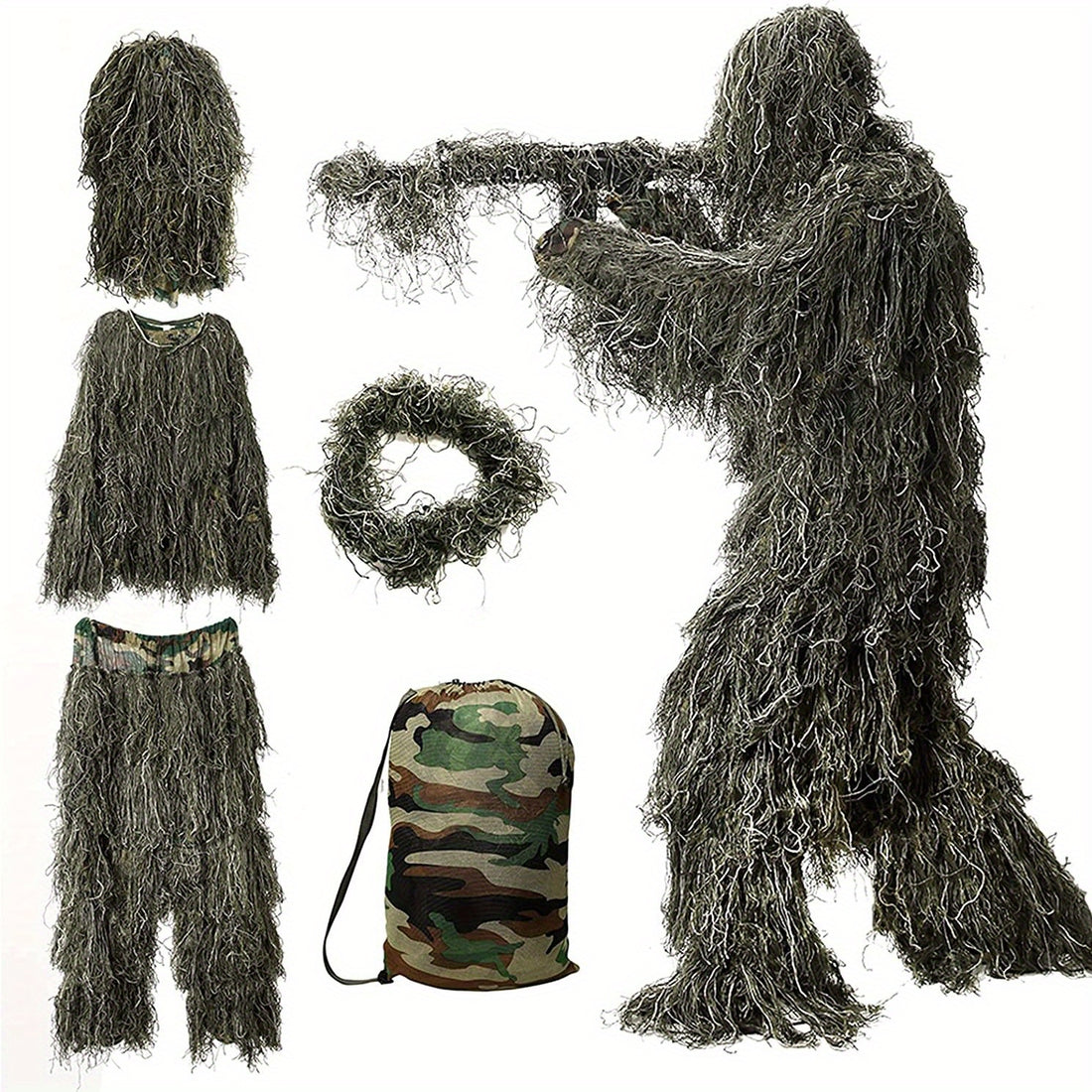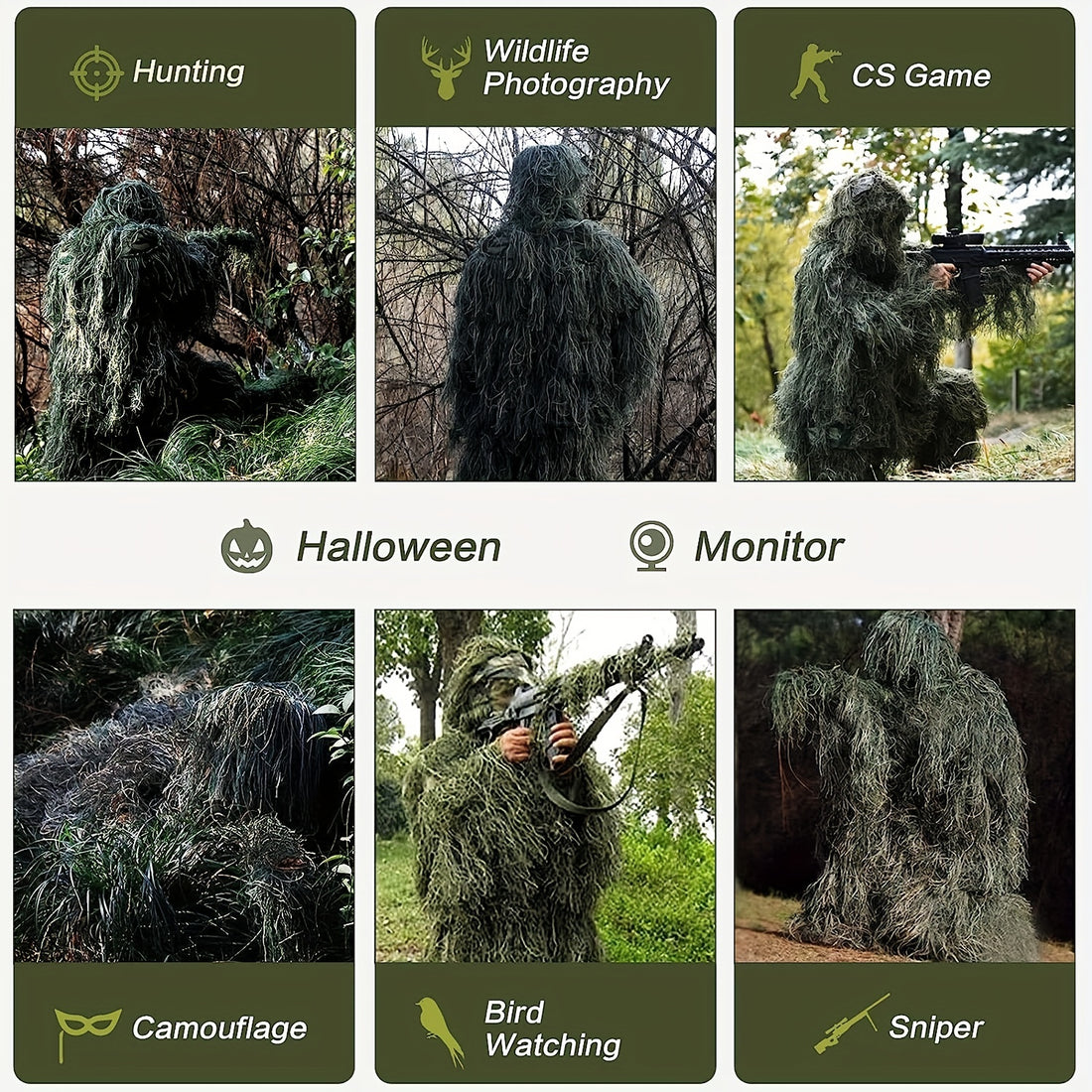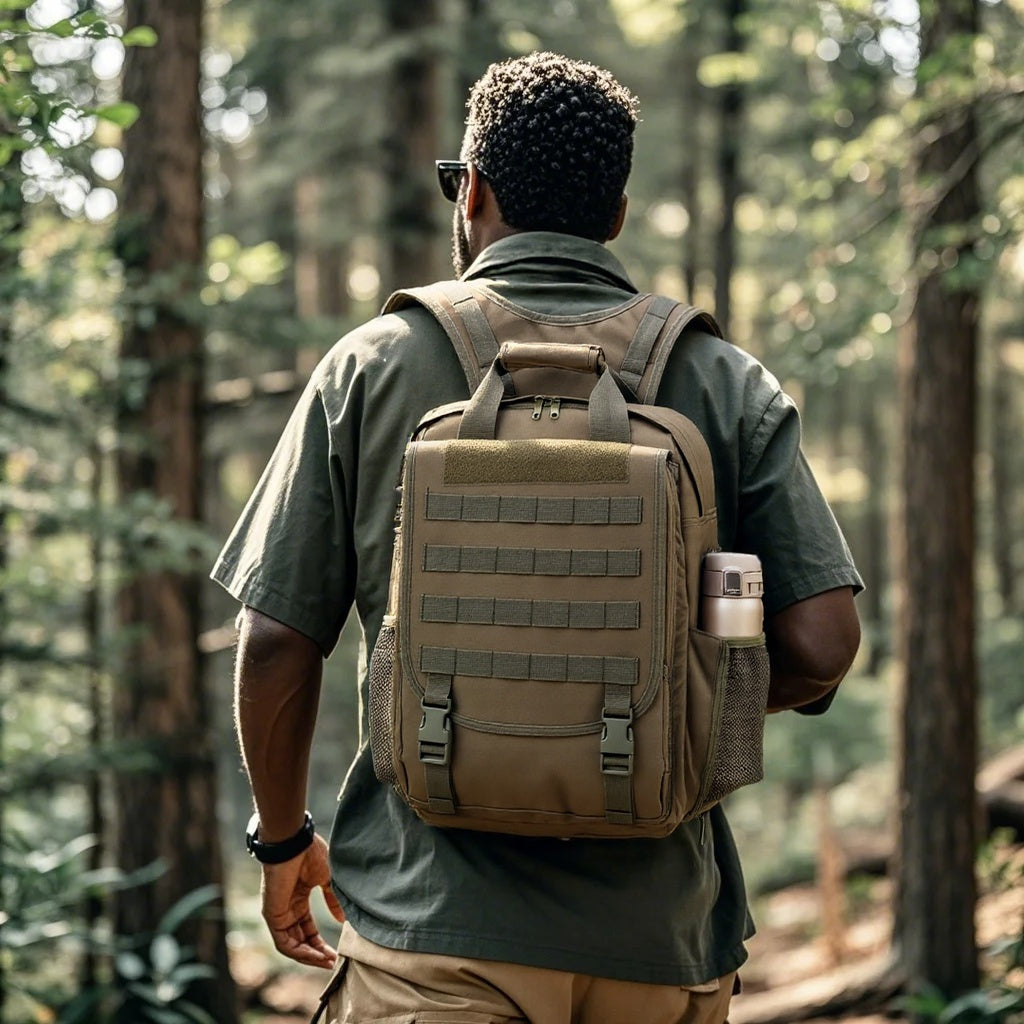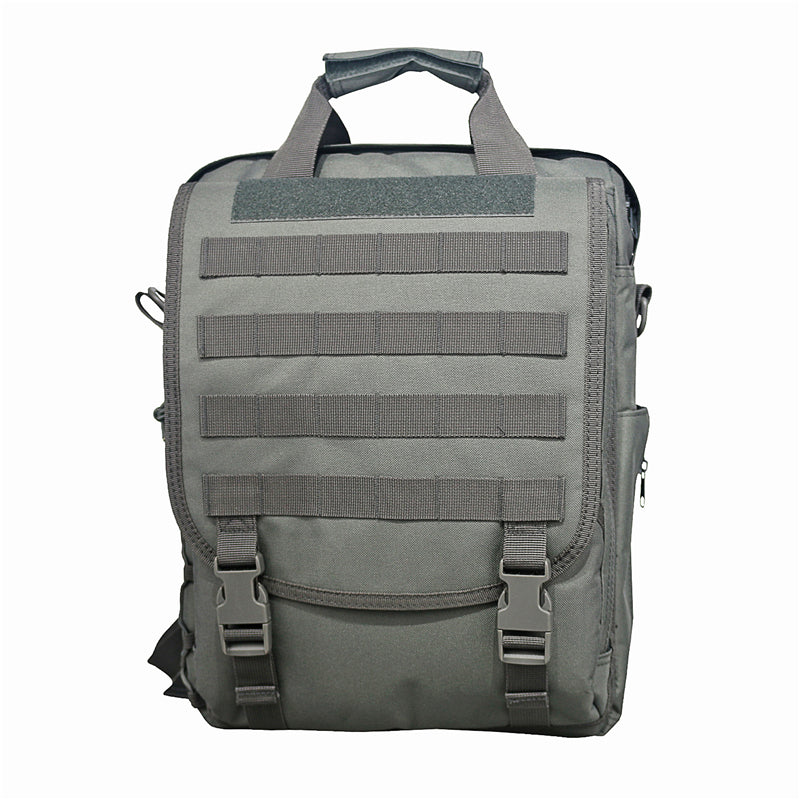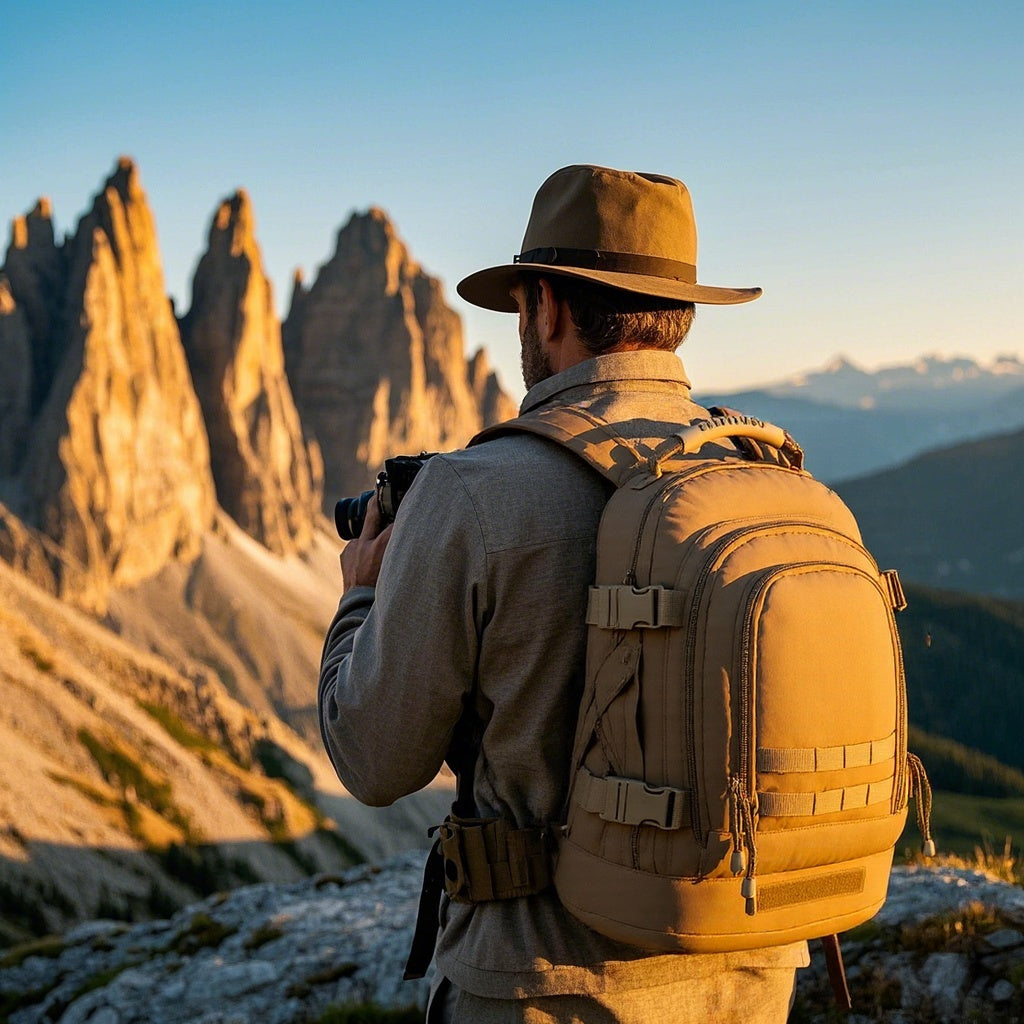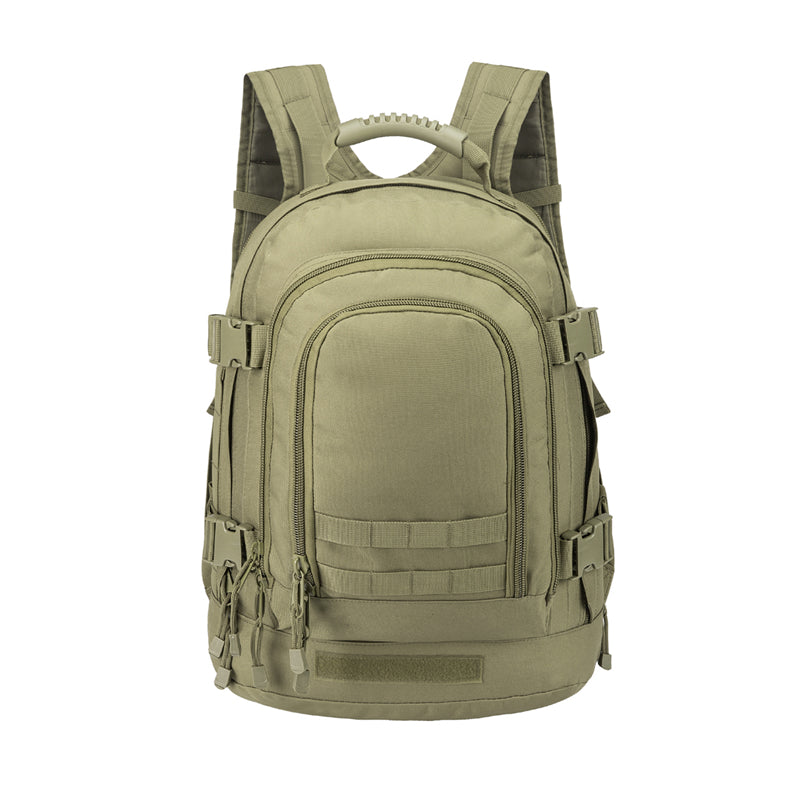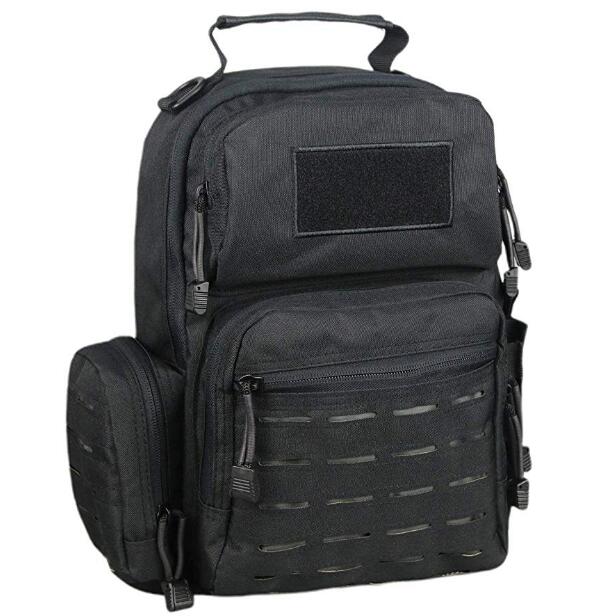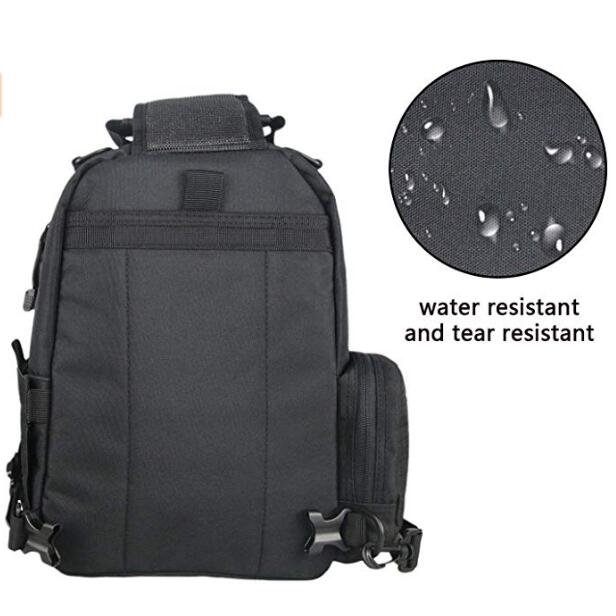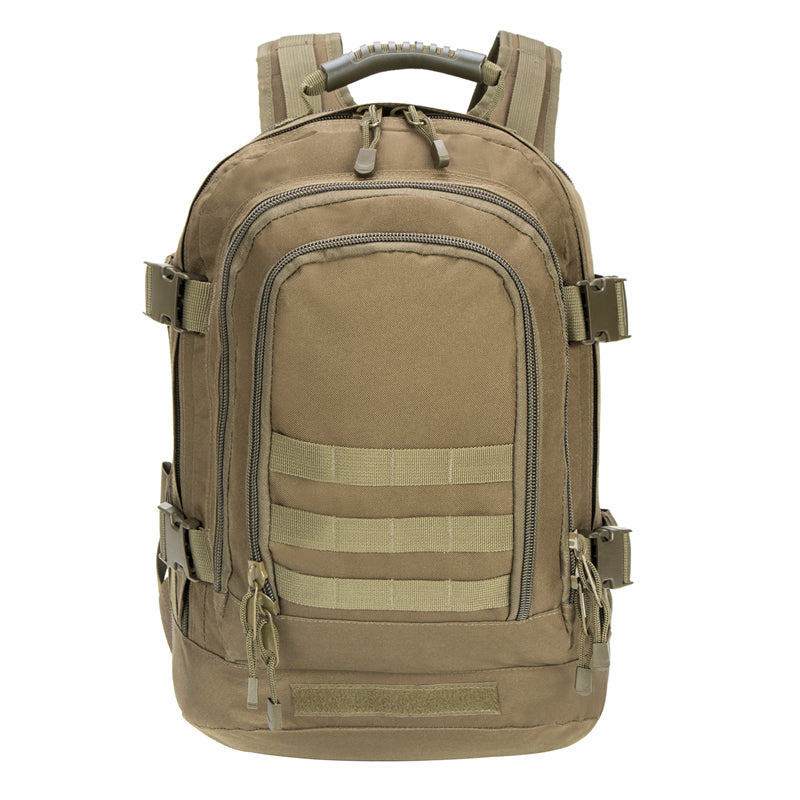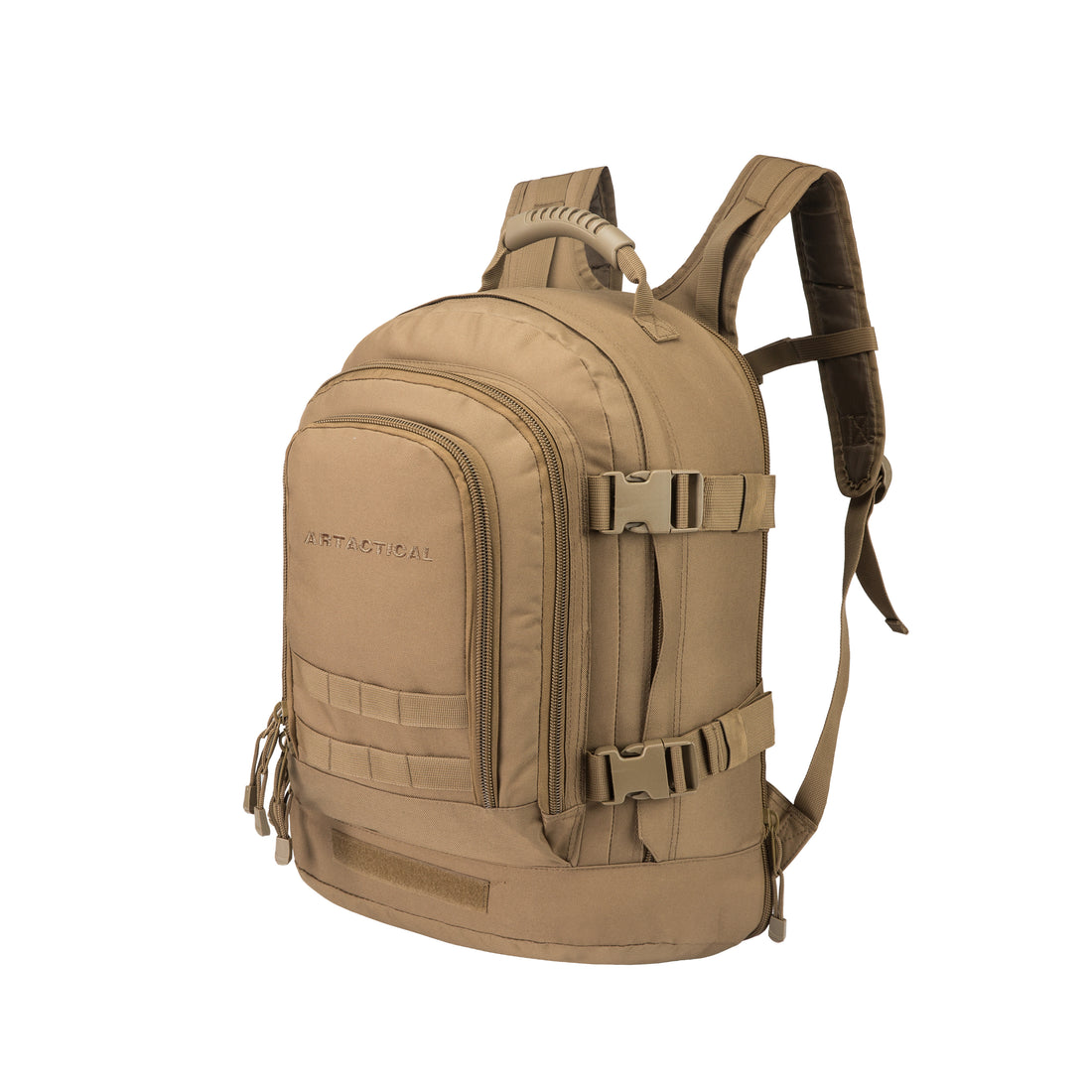The term "tactical loadout" often brings military images to mind. For a civilian, however, a practical gear loadout is less about combat and more about capability. It is a curated collection of durable, functional equipment designed to enhance your readiness for a range of situations, from everyday challenges to outdoor adventures or unexpected emergencies.
This guide explains how to build a sensible, personalized loadout based on your specific needs, emphasizing practicality, quality, and responsible ownership.
Why a Civilian Gear Loadout?
People search for this information for grounded, practical reasons. The intent is typically centered on preparedness and utility, not aggression. Common motivations include:
- Emergency Readiness: For natural disasters like earthquakes, hurricanes, or extended power outages, having reliable gear on hand is a rational step.
- Outdoor Pursuits: Hikers, campers, and hunters require durable, organized gear that can perform in demanding environments.
- Urban & Everyday Preparedness: This involves having tools for minor emergencies, breakdowns, or situations where self-reliance is valuable during commutes or travel.
- Personal Security: Some individuals seek to legally carry tools for self-defense, such as pepper spray or, where permitted and with proper training, a firearm.
A well-considered loadout provides confidence through preparedness, using robust tools that are as useful on a Tuesday as they are in a crisis.

Core Principles for Your Loadout
Before choosing any gear, understand these foundational ideas:
- Mission Dictates Gear: Your "mission" is your life. An urban commuter's needs differ from a backcountry hunter's. Define your primary scenarios first.
- Quality Over Quantity: One reliable, well-made piece of gear is better than three cheap ones that may fail. Invest in core items.
- Modularity is Key: Use a system like MOLLE or PALS webbing on your backpack or chest rig. This allows you to attach and reconfigure pouches based on the day's needs, rather than carrying a single, heavy, fixed kit.
- Train and Practice: Gear is just a tool. Acquire the knowledge and skills to use them effectively, especially for items like tourniquets, fire starters, or communication devices.
A Functional Gear Framework
Instead of a definitive checklist, consider your loadout in layers. You do not need everything listed here; select what aligns with your defined principles and needs.
Layer 1: The Foundation – Carry System
This is how you hold and transport your gear.
- A Durable Backpack: Choose a pack with a comfortable, supportive harness, robust construction, and logical compartmentalization. Features like a hip belt transfer weight effectively, and MOLLE webbing allows for customization.
- Organizational Pouches: Use modular pouches to group related items (e.g., a medical pouch, a fire-starting kit, an electronics pouch). This keeps your pack organized and allows you to quickly access what you need.
Layer 2: Core Essentials – Safety and Sustenance
These items address fundamental human needs and are universally recommended.
- Comprehensive First-Aid Kit: Go beyond basic bandages. Include items for bleeding control, such as a C-A-T® (Combat Application Tourniquet) and hemostatic gauze, but only if you undergo proper training, such as a Stop the Bleed course. The American Red Cross is a good resource for general first-aid and CPR training.
- Water & Purification: Carry a durable water bottle or hydration bladder. Include a secondary means of purification, like a filter or chemical tablets.
- Illumination: A hands-free headlamp is invaluable. Supplement it with a durable, high-lumen handheld flashlight.
- Navigation: Do not rely solely on your phone. A physical map of your local area and a reliable compass are essential backups.
- Multi-Tool: A quality multi-tool provides pliers, screwdrivers, and a knife, consolidating many tools into one.
Layer 3: Mission-Specific Additions
This is where you customize based on your assessment.
- For Communication: A power bank for your phone is crucial. For remote areas, consider a Personal Locator Beacon (PLB) or satellite communicator.
- For Self-Defense (Legal Compliance is Mandatory): Any tool for self-defense carries immense responsibility. Research local laws thoroughly. Options can include pepper spray, a tactical flashlight, or a firearm. If you choose to carry, professional training is non-negotiable.
- For Shelter & Warmth: A compact emergency bivvy, a space blanket, or a poncho can be life-preserving in unexpected conditions.
- For Sustenance: High-calorie, non-perishable food bars are practical for extended emergencies.
Building and Maintaining Your System
Start with the Foundation and Core Essentials layers. Assemble your gear and test it. Go for a long walk with your loaded pack. Is it comfortable? Can you easily access your water or first-aid kit?
Practice using your tools in a safe, controlled environment. Over time, you will learn what works for you and what doesn't. Re-evaluate your loadout seasonally or as your life circumstances change, replacing expired items and refining your choices.
A practical civilian loadout is not a static collection of tactical items; it is a dynamic, personal system built on the principles of readiness, utility, and responsibility. By focusing on your specific needs and investing in knowledge, you create a kit that provides genuine confidence and capability.
Our company has been manufacturing professional-grade tactical gear for over 15 years, supplying organizations that depend on durability and smart design. We apply this same expertise to our range of stock and customizable backpacks, pouches, and carrying systems, which form the foundation of any reliable loadout.
For businesses seeking quality gear, we offer custom manufacturing and stock solutions.

